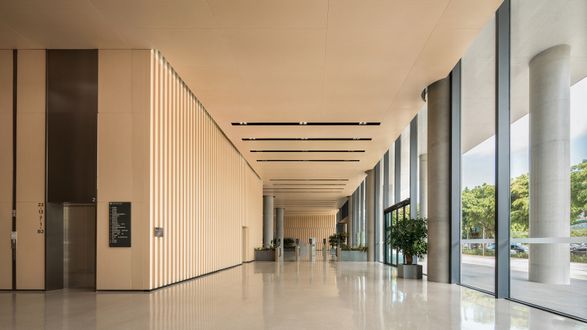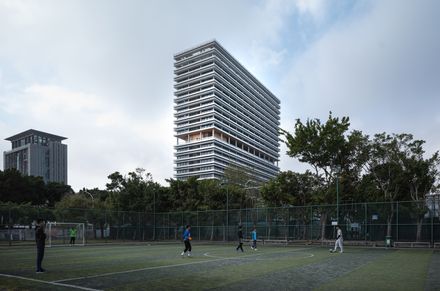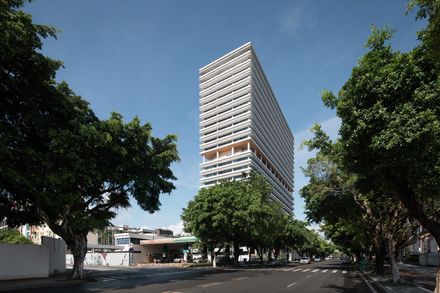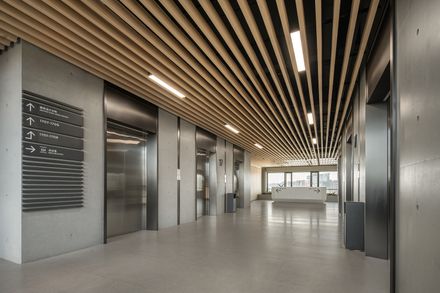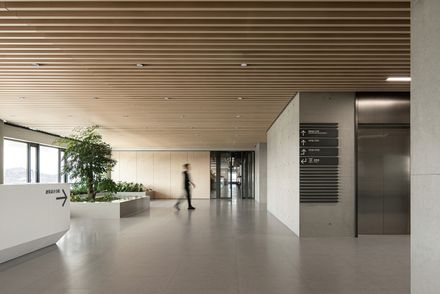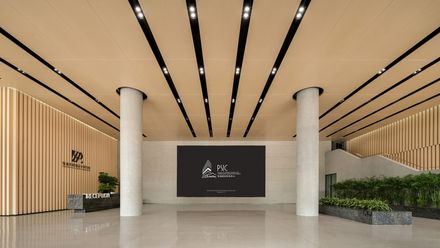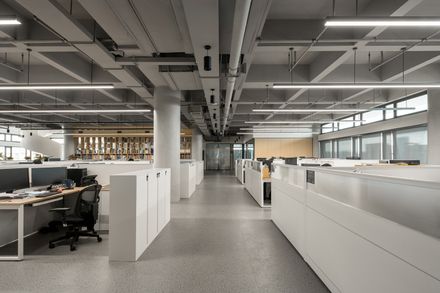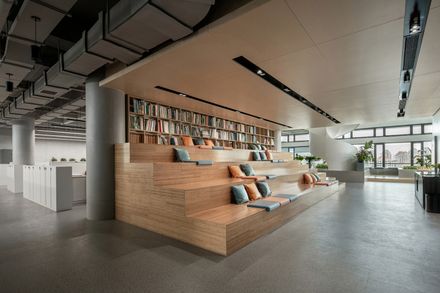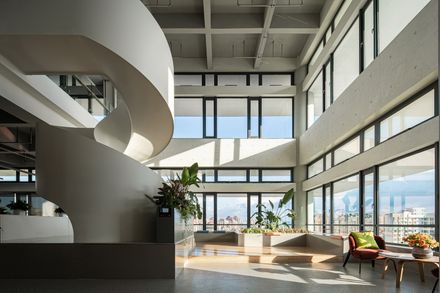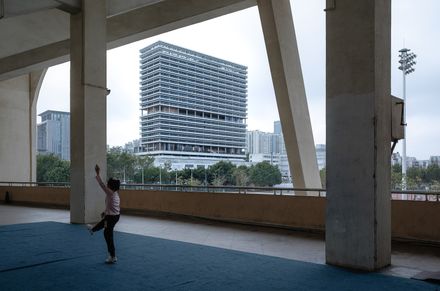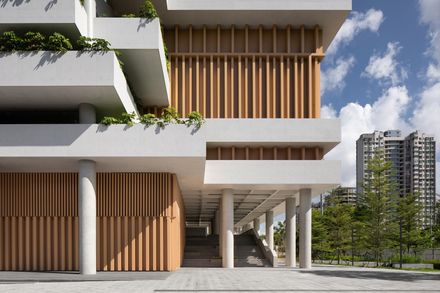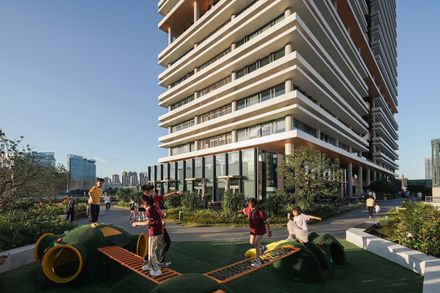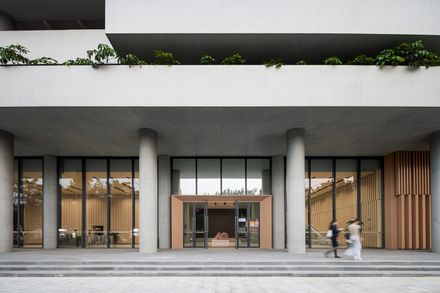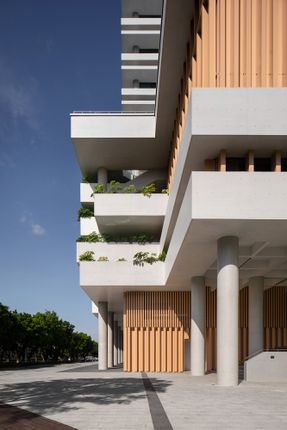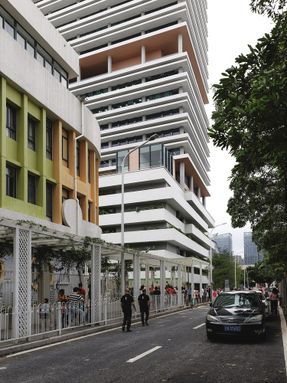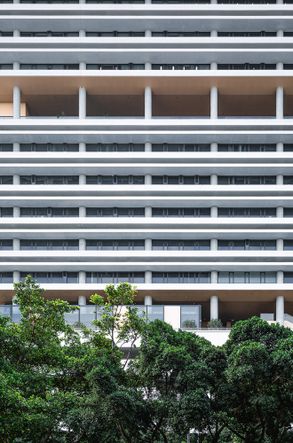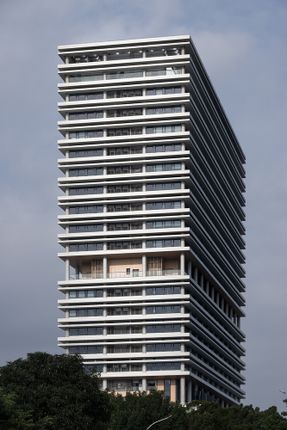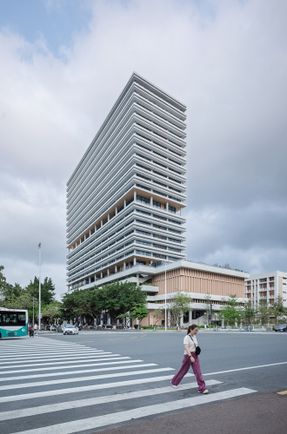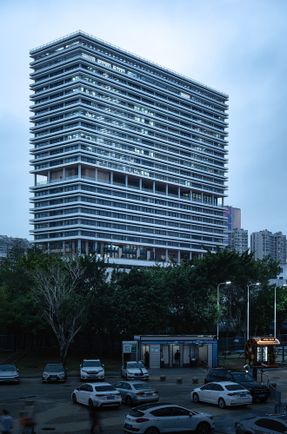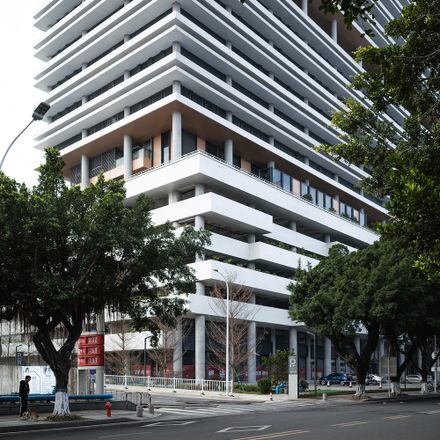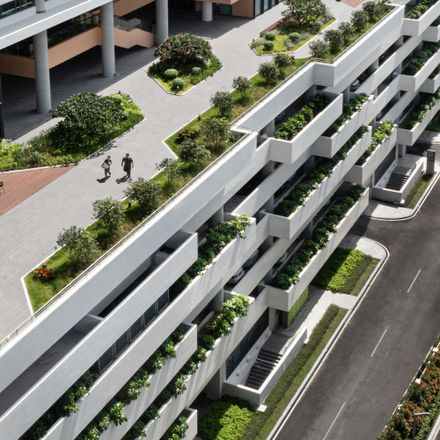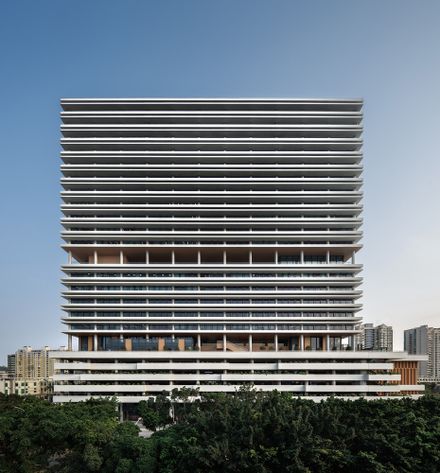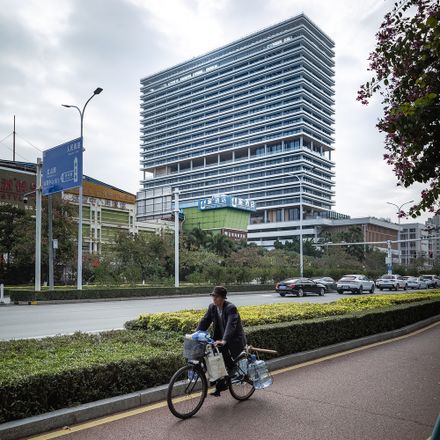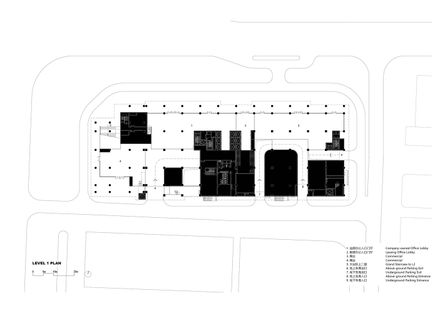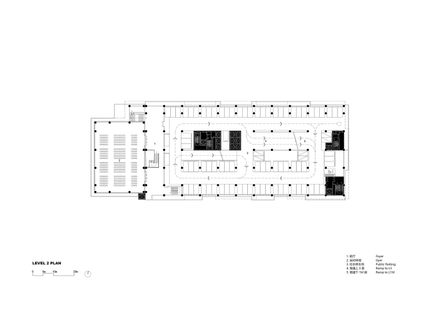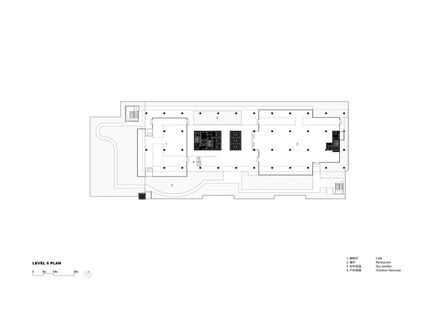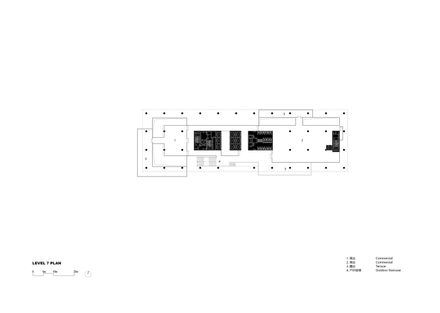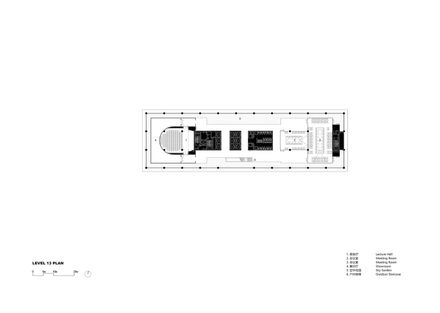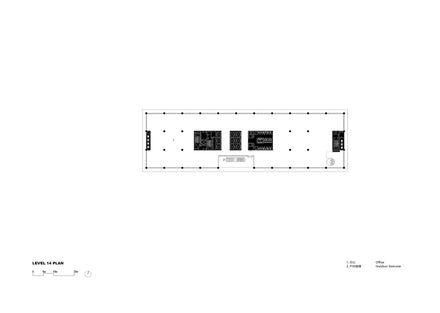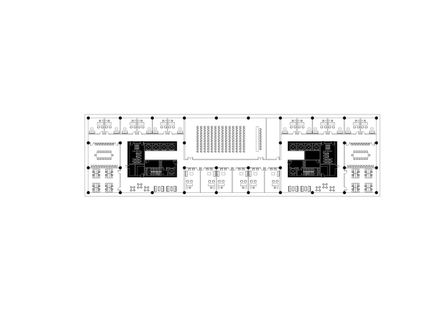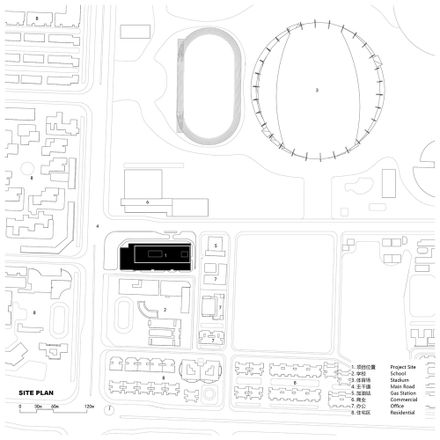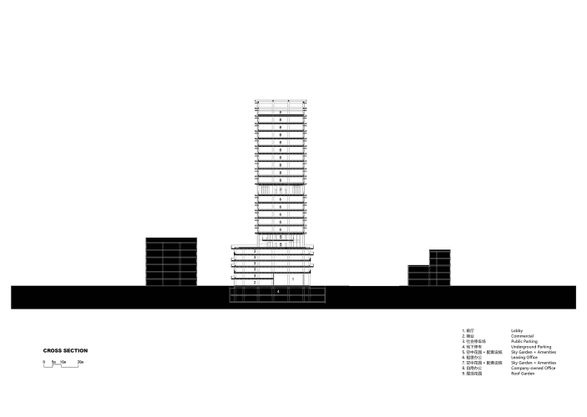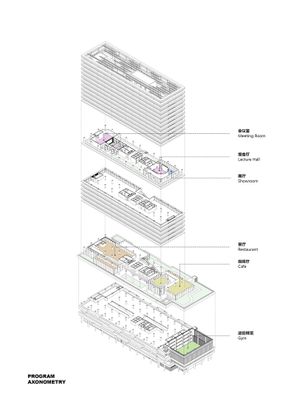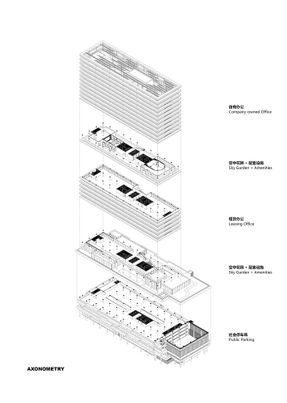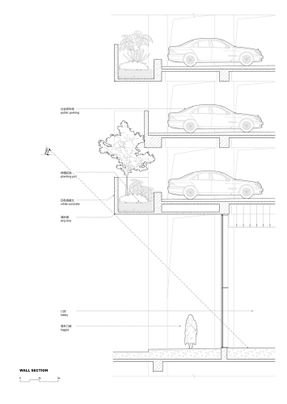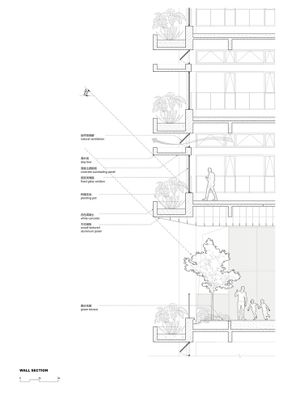Zhuhai Planning Science and Technology Innovation Center
Zhuhai Planning Science and Technology Innovation Center
nsaaa + Zhuhai Institute of Urban Planning & Design
ARCHITECTS
Zhuhai Institute of Urban Planning & Design, nsaaa
LEAD ARCHITECT
Wang Jianling
DESIGN TEAM
Xu Yan, Liu Pingping, Zhang Xuwei, Wang Tao, Li Liang, Gu Yuelin, Deng Deyuan, Wang Junjun, Zhu Kongmin, Yao Qingxia, Wang Hong, Wang Xinglong, Zhou Mengqi, Luo Dan, Jiang Hongzan, Chen Xiaojie, Liang Guihua, Chen Rui, Zhang Qianzi, Zhou Tao, Liu Liping, Liu Dan
SCHEMATIC DESIGN
nsaaa
CLIENTS
Zhuhai Institute of Urban Planning & Design
CONSTRUCTION DRAWING DESIGN
Zhuhai Institute of Urban Planning & Design
PHOTOGRAPHS
Niangsi Peng, Hao Zhang, Van Wang
AREA
81390 m²
YEAR
2024
LOCATION
Zhuhai, China
CATEGORY
Office Buildings
English description provided by the architects.
In architectural discourse, regionalism is no longer a novel concept. For small-scale projects, increasing numbers of architects strive to interpret locality.
Yet for large urban developments, especially high-rises, regional identity often seems inherently suppressed. Most designs still place their focus on being formally innovative with the aid of evolving curtain wall technologies.
Such form-driven approaches strip architecture of authenticity, allowing buildings to be placed anywhere without context. The highest objective of being iconic statements, mask hollow design logic and capital-driven agendas.
This rigid separation of "bones" and "skin" subtly regresses modernism into classical formalism, reducing architecture to ornamented objects with costly exteriors—disconnected from their sites and internal functions.
An Honest Concrete High-Rise
Located in Xiangzhou District, Zhuhai, the project serves as an office headquarters for a design institute, with rental workspaces and a public parking tower.
The design seeks to embody academic rigor and creativity, distinguishing itself from conventional commercial offices.
Zhuhai's subtropical climate—22°C annual average temperature, 2,000mm yearly rainfall, abundant sunshine—demands a response that liberates occupants from sealed air-conditioned boxes, reconnecting people with nature.
We believe timeless architecture must be honest: stripped of superficial decoration, expressed through authentic structural language. Concrete, as a widely used material, inherently conveys sculptural solidity.
Over time, its weathered texture evokes historical resonance. To balance refinement and practicality, fair-faced concrete became the primary material—a bold choice for a 100-meter-high structure, realized through the client's unwavering support.
The building measures 96m (length) × 27m (width) × 99.8m (height), with a near-square elevation. Horizontal sunshades and tree planters as a façade language unifies the main tower and podium, responding to both internal functions and urban context.
Vertical Slab vs. Twin Towers
Initially envisioned as a twin-tower complex (one for self-use, one for leasing), this conventional approach risked inefficient layouts and visual conflicts between towers.
Our alternative—a single vertical slab—optimized spatial efficiency while integrating public amenities. Programs stack vertically: public parking, rental offices, and the institute's headquarters.
Interstitial floors house shared facilities—dining halls, cafes, gyms, conference rooms, and exhibition spaces—creating "breathing" platforms for relaxation.
In the initial design, dual core tubes enhance structural stability, segregate rental and self-use zones, and reduce circulation loads.
Between the cores, unobstructed north-south office spaces maximize flexibility, while perimeter areas accommodate enclosed rooms.
Though the original concept evolved, the final 26m × 96m standard floors allow adaptable layouts for diverse tenant needs, enriched by double-height communal voids.
Horizontal Lines as Regional Response
Zhuhai's intense sunlight inspired 1.7m-deep concrete sunshades—a façade-defining element that conceals windows in shadow and enables passive cooling. These rhythmic horizontal bands create sculptural depth while serving functional and aesthetic purposes.
The podium, housing a municipal parking garage, faces conflicting contexts: urban streets to the north and a school to the south. To soften its bulk, horizontal sunshades morph into staggered planters supporting diverse vegetation, creating rich shading effects.
The resulting vertical garden masks the parking function, offering students a living green facade instead of a monotonous structure.
While horizontality dominates, verticality is not suppressed. Exposed gray fair-faced concrete columns contrast with white horizontal bands, adding layered complexity without compromising the primary design language.
Architecture as Direct Urban Dialogue
Can a "modest" building positively impact a city? During the competition phase, one juror dismissed the design as "factory-like."
Yet upon completion, it has become an uncontested landmark in Xiangzhou—not by chasing iconicity, but by prioritizing contextual responsibility.
We measure success not by symbolic status, but by enduring contributions to urban life. This project, we believe, will serve Zhuhai as a catalyst for regional development and quality of life for decades.

